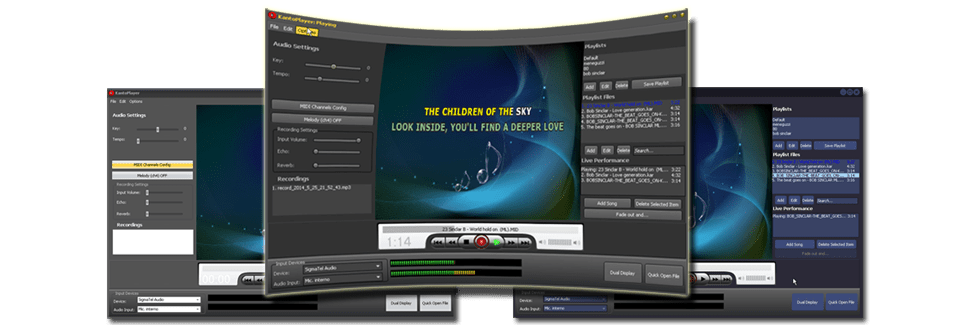Fiber Ring Topology
When it comes to network design, it is important to understand the benefits and limitations of different topologies, particularly the use of ring and star topologies. What’s the difference? Within a ring, each switch connects to adjacent switches on either side creating a ring or loop. This provides the benefit of adding redundancy as there are two paths to each switch, but has the drawback of requiring a protocol such as Spanning Tree Protocol (STP) or Ethernet Protection Switching Rings (EPSR) to prevent broadcast storms from occurring. In addition, when a change or failure occurs in the network, switches must flush their internal tables and relearn the topology of the network which can result in disruption to services such as CCTV and IP telephony. This is particularly noticeable with STP as protocols like EPSR have been specifically developed to provide redundancy in networks for real time services such as voice and video.
Within a star topology the core switch connects to every other switch creating a star. In order to deliver redundancy within a star topology, two links to each switch are required which are then aggregated using link aggregation. As the core switch represents a single point of failure, it is important that a second switch be added and ideally this would use a chassis stacking technology like Virtual Chassis Stacking (VCS) to enable both switches to be managed as a single logical switch. Star topologies have the benefit of no disruption to service in the event of a failure but require more interfaces than a ring topology. Depending on a number of factors including speed and type of fiber used, there may be a cost impact. So, which is better? It is important to understand that it is not a simple case of one topology being better but ensuring the solution meets the needs of the client and their applications.
Generally speaking, a star topology will deliver a more resilient network than a ring topology but does require more interfaces. As there is dedicated bandwidth to each switch, the bandwidth requirements of the links within a star topology will be lower than that of a ring.
Fiber Optic Ring Topology
This means a star topology while have more interfaces can actually result in lower cost solution than a ring topology. It is also important to understand that a star topology can be delivered over cabling infrastructure that is deployed as a ring to provide the resilience of a star topology with the path diversity of a ring. This is illustrated in the diagram shown right. Where a ring topology is used, it is important that an advanced protection protocol like EPSR is used to ensure minimal disruption to services in the event of a failure. Look around the Blog for more solutions and tips!
Several topologies are being used for the optical fiber cable network that connects CO to CP. These topologies are: Star, Ring (or Bus), and Tree topologies. Star topologies are having separate connection for each subscriber. In the ring topologies the subscribers are sharing the single optical line. Tree type connections are have individual connections from CP to Aggregation Nodes, which share connection to the CO.
A comparison of the throughput bandwidth will determine the given cost in a ring topology versus a star topology.The star, or hub, configuration is a very familiar topology in networks.
There are Passive and Active types of networks of Tree and Ring topology. In Passive Optical Network, passive equipment is being used that does not require any power. Multiplexing is being deployed on the physical layer through passive optical combiners/splitters and optical filters.
Active Optical Network is being powered and is multiplexing on high layers (Ethernet or IP). In Tree topology, Active Network is being deployed with regeneration of a shared TDM link. While it creates a risk of ONUs malfunctioning, it can be avoided in Passive network by using passive Optical ADD/Drop Multiplexers. Note that it requires optics deployment that might be expensive. If comparing P2P to PON, it is clear that P2P requires much more fiber, especially compared to Ring PONs. While deploying fiber solution in the field, increasing labor costs and decreasing fiber prices are making installation costs exceed the material costs. 2pac makaveli album release date. Tree topologies network design must note the costs of additional multiplexer/demultiplexer or power splitter and their installation costs.
Fiber Optic Ring Topology
In the Ring topology there is a risk of cable breaks or CP equipment malfunctioning leading to service interruptions, due the lack of redundancy. On the other hand, topology is minimizing the costs of fiber cable.

Fiber Ring Topology
Deployment of passive Optical Add/Drop Multiplexers or protected bidirectional CWDM rings might solve some of the issues. 